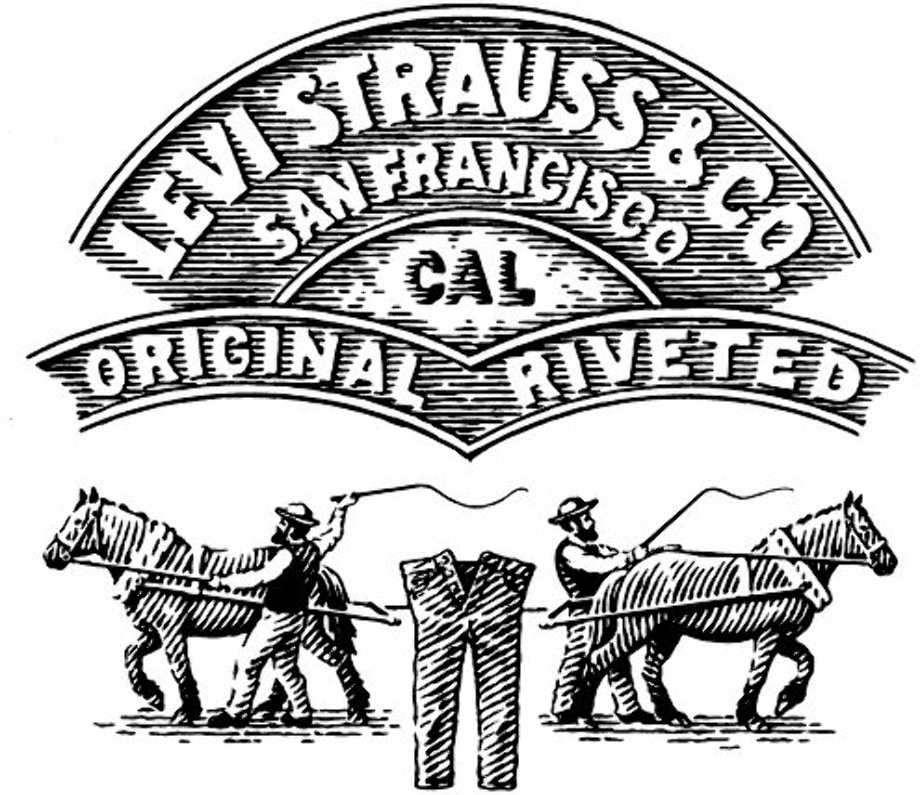How to Change Your Marketing Strategy
Including a Case Study of Levi’s Jeans
Changing your marketing strategy is a significant decision that requires careful consideration and planning. Whether driven by poor performance, an emerging opportunity, or a looming threat, shifting your approach can be complex yet essential for business growth and survival. This article explores the steps involved in changing a marketing strategy, illustrated through the historical case study of Levi’s Jeans.
Note:
This article features content from the Marketing Made Clear podcast. You can listen along to this episode on Spotify:
Steps to Changing Your Marketing Strategy
1. Evaluate Current Performance
The first step is to thoroughly assess the current marketing strategy’s performance. Identify what is working and what is not by analysing key performance indicators (KPIs) such as:
- Sales data
- Customer feedback
- Market share
- Return On Investment (ROI).
2. Identify the Need for Change
Recognise the underlying reason for the change. This could be due to:
- A decline in sales
- Changing customer preferences
- New market opportunities
- Competitive threats
- Economic shifts
Understanding the driving factors will guide the new strategy’s direction.
3. Set New Objectives
Define clear, measurable objectives for the new strategy. These should align with the overall business goals and address the identified issues. Objectives could include:
- Increasing market share
- Reaching new customer segments
- Repositioning the brand
4. Redefine Target Audience
Reassess and possibly redefine the target audience. Market research can help identify new customer segments or better understand existing ones. Tailoring the strategy to meet their needs and preferences is crucial.
5. Develop a New Marketing Mix
Revise the marketing mix (The Dreaded 7 P’s) to align with the new objectives and target audience. This may involve:
- Introducing new products
- Adjusting pricing strategies
- Exploring new distribution channels
- Creating fresh promotional campaigns
6. Implement the Change
Plan and execute the transition carefully. This involves:
- Communicating the changes to all stakeholders
- Training staff
- Gradually rolling out new initiatives to ensure a smooth transition without disrupting current operations*
*I asterisk this as sometimes we don’t have time for gradual change and we need to change things quicker! It depends on the market scenario.
7. Monitor and Adjust
Continuously monitor the new strategy’s performance against the set objectives. Be prepared to make adjustments based on feedback and performance data to ensure the strategy remains effective and relevant.

Case Study: Levi’s Jeans
Historical Context
Levi Strauss & Co. provides a compelling example of a significant strategic shift. Founded in the mid-1800s as a dry goods business in New York, Levi Strauss moved to San Francisco during the Gold Rush. Originally, Levi Strauss & Co. sold various goods to small stores in the American West, including a surplus of tough fabric used for tents.
The Market Opportunity
During the Gold Rush, Levi Strauss noticed that gold miners’ trousers wore out quickly due to harsh working conditions. This presented a clear market need for more durable workwear. Recognising this opportunity, Levi Strauss collaborated with a tailor, Jacob Davis, to create durable work trousers from the tent fabric, later known as denim. They reinforced these trousers with metal rivets and buttons, creating what we now know as blue jeans.
Strategic Shift
This move from selling dry goods to manufacturing durable work trousers represented a radical change in strategy. Levi Strauss & Co. effectively redefined their product, target market, and value proposition. This shift was driven by a clear market need and executed by leveraging existing resources in innovative ways.

Outcome
The introduction of durable denim jeans met a critical need for miners and laborers, leading to widespread adoption and the establishment of Levi’s as a leading brand in workwear. Over time, Levi’s expanded its product line and evolved its marketing strategy to appeal to a broader audience, becoming an iconic global brand.
Lessons Learned
Levi’s strategic shift underscores several key lessons:
- Identify Market Needs: Understanding and responding to market needs can create significant opportunities.
- Leverage Existing Resources: Innovative use of existing resources can drive strategic change.
- Adapt and Evolve: Continuous adaptation and evolution are essential for long-term success.
Conclusion
Changing a marketing strategy is a complex yet vital process for any business facing challenges or opportunities. By evaluating current performance, setting new objectives, redefining the target audience, and carefully implementing and monitoring the new strategy, companies can navigate change effectively.
The case study of Levi’s Jeans illustrates how a bold and well-executed strategic shift can transform a business and secure its place in the market for generations.
Up Next:
Why do people hate marketers?


